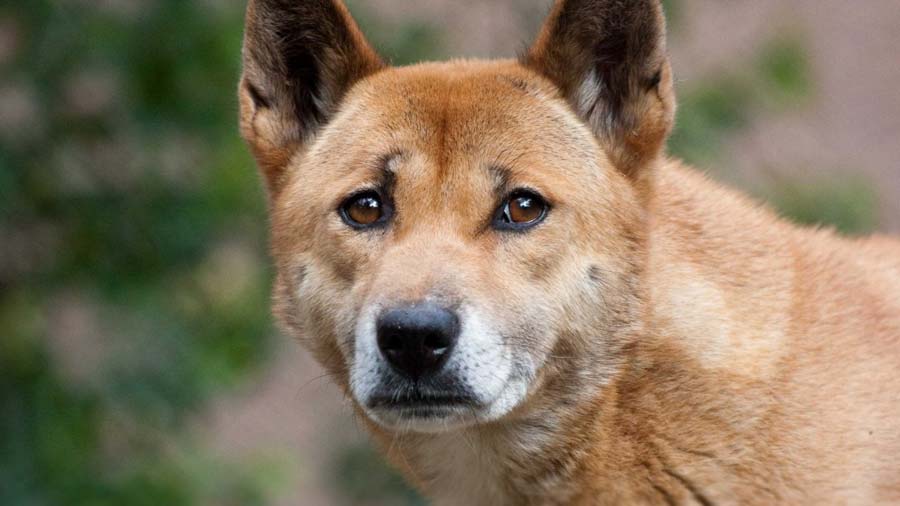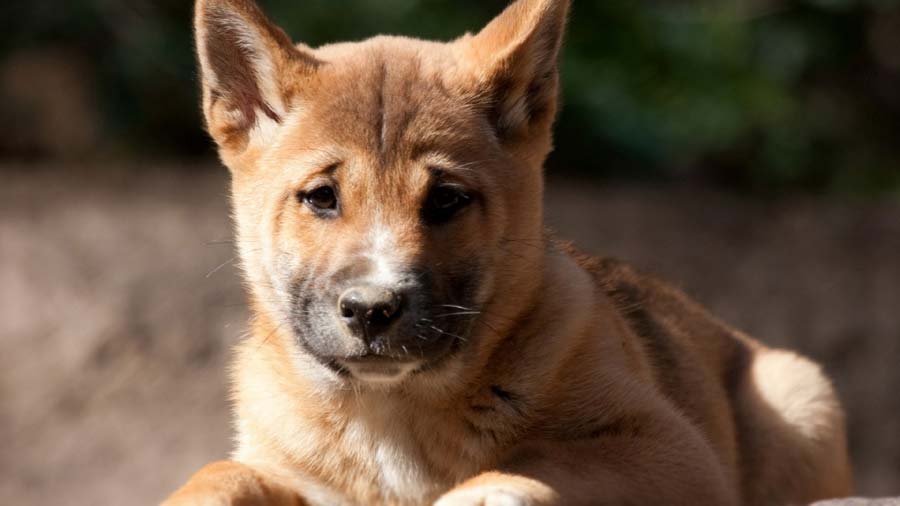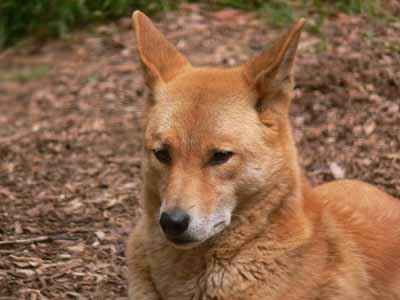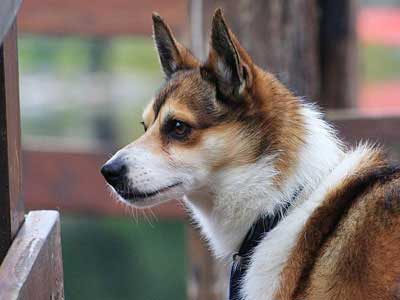New Guinea Singing Dog
Breed Information |
|
|---|---|
| Popularity |
2022: # 2021: # 2020: # 2019: # 2018: # 2017: # 2016: # 2015: # |
| Name | New Guinea Singing Dog |
| Other names | New Guinea Highland Dog, Singer, NGSD, New Guinea Wild Dog, Hallstrom Dog |
| Origin |  Papua New Guinea Papua New Guinea |
| Breed Group | Southern |
| Size | Small to Medium |
| Type | Purebred |
| Life span | 16-19 years |
| Temperament |
Active Affectionate Alert Gentle Lively |
| Height | 14-15 inches (35-38 cm) |
| Weight | 18-30 pounds (8-14 kg) |
| Colors |
Black Black & Tan Sable Red |
| Litter Size | 1-6 puppies |
| Puppy Prices |
Average (Unknown)
|
Breed Characteristics |
|
|---|---|
| Adaptability |
0 stars |
| Apartment Friendly |
0 stars |
| Barking Tendencies |
0 stars |
| Cat Friendly |
0 stars |
| Child Friendly |
0 stars |
| Dog Friendly |
0 stars |
| Exercise Needs |
0 stars |
| Grooming |
0 stars |
| Health Issues |
0 stars Hypoallergenic: No |
| Intelligence |
0 stars Ranking: (N/A) Full Ranking List |
| Playfulness |
0 stars |
| Shedding Level |
0 stars |
| Stranger Friendly |
0 stars |
| Trainability |
0 stars |
| Watchdog Ability |
0 stars |
New Guinea Singing Dog Names |
||
|---|---|---|
| Rank | Boy Names | Girl Names |
| 01 | Buddy | Chloe |
| 02 | Lucky | Bella |
| 03 | Teddy | Coco |
| 04 | Jack | Luna |
| 05 | Louie | Lilly |
| 06 | Tucker | Stella |
| 07 | Bruno | Lola |
| 08 | Sam | Stella |
| 09 | Riley | Annie |
| 10 | Bailey | Penny |
| 100 Cute Puppy Names › | ||
Overview |
|---|
|
The New Guinea Singing Dog is not like your average domesticated dog and is not recommended as a house pet for most people as it is closely related to a wild dog. If properly socialized, it can be tame enough to tolerate the handling of humans, getting attached to its owners. The New Guinea Singing Dog, also known as Hallstrom’s dog, is named for its distinctive and melodious howl, which is characterized by a sharp increase in pitch at the start and very high frequencies at the end. NGSDs are active, lively, and alert. They are constantly exploring everything in their environment, using all five senses, including taste. Their incredible structural flexibility allows them to pass their bodies through any opening wide enough to admit their head. Their hunting drive is very intense and may overwhelm any training when prey is detected. They use their acute sense of hearing in addition to sight and scent to locate prey. Although gentle and affectionate with people they know, they can be aloof with strangers. NGSDs can be aggressive toward other dogs, especially of the same sex. Its howl has an eerie yet synchronized quality, which gives the breed its name. The howl can be spurred when the dog is disturbed or excited. One tone blends with the next, sending goose bumps up a listener's back. Opera singers have expressed a particular interest in this vocally skillful canine. This is a hardy and well-balanced dog. The Singing Dog is similar to the Dingo, although smaller than its near relative. |
History |
|
In 1897, Charles Walter De Vis collected the first specimen from Mount Scratchley at about 2,400m elevation and described it. In 1956, Albert Speer and J.P. Sinclair obtained a pair of singing dogs in the Lavani Valley and situated in Southern Highlands Province, Papua New Guinea. The dogs were sent to Sir Edward Hallstrom who had set up a native animal study center in Nondugi, and then on to the Taronga Zoo in Sydney, Australia. In 1958, Ellis Troughton examined the two singer specimens from the Taronga Zoo in Sydney. Subsequently, the New Guinea singing dog was classified as a distinct species and was named Canis hallstromi (in honor of Sir Edward Hallstrom). In 2005 it was classified under Canis lupus dingo in Mammal Species of the World. |
References
- [1] ^ YouTube: New Guinea singing dog is one RARE breed





